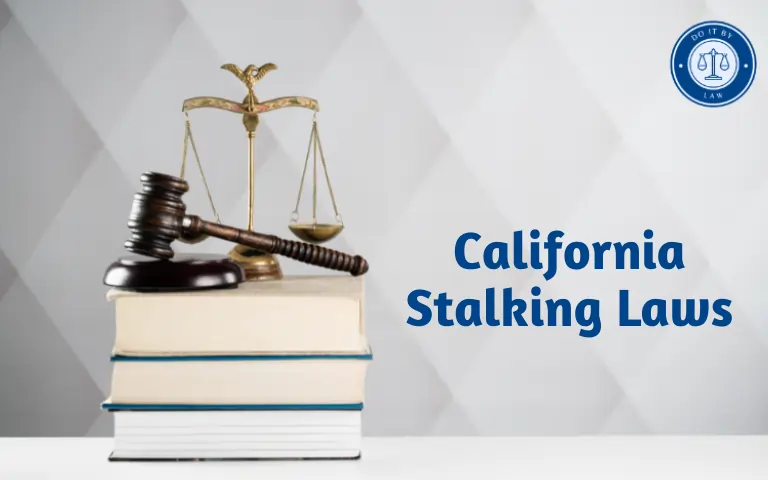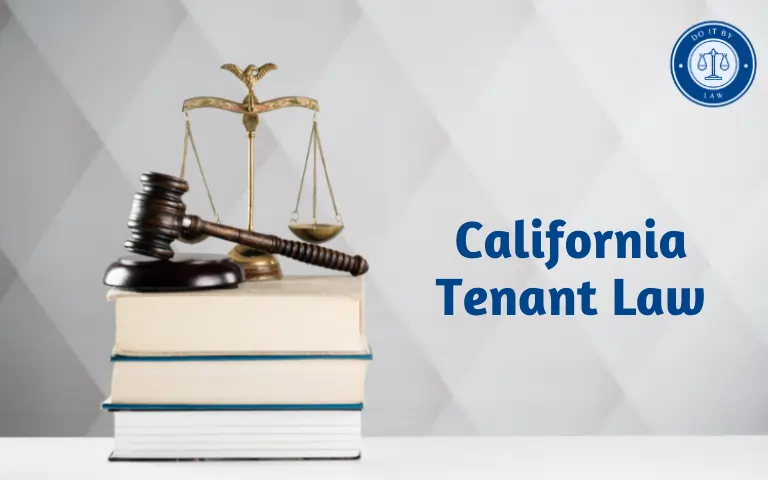California Bridge Law: What You Need to Know
This is the most common meaning when discussing the California Bridge Law. It refers to regulations that limit the weight of commercial vehicles and the distribution of that weight across their axles. These regulations are designed to protect bridges from excessive stress and damage.
The California State Bridge law was enacted to protect bridge infrastructure from damage caused by overweight vehicles. Excessive loads can over-stress bridges, leading to cracks, buckling, and other structural failures. To prevent costly repairs and safety hazards, the state caps the total weight allowed on bridges.
The law applies to all commercial vehicles, including semi-trucks, construction equipment, and buses. Private passenger vehicles are exempt. It covers all public bridges, including those on highways, county roads, and city streets. Violating the bridge weight limits risks fines, penalties, and liability for damage.
So what are the key restrictions and requirements under California’s bridge law? Let’s break it down.
California Bridge Law Truck Weight Limits
Here’s a breakdown of the California Bridge Law (CBL) regarding truck weight limits:
Overall Gross Vehicle Weight (GVW):
- Maximum: 80,000 lbs on interstate highways (76,800 lbs on non-interstates).
- Alternative method: The Federal Bridge Formula (FBF) may allow higher weights based on the number and spacing of axles.
Axle Weight Limits:
- Single axle:
- Maximum: 20,000 lbs (18,000 lbs alternative).
- Exceptions:
- Steer axle: 12,500 lbs alternative.
- 2-axle tow truck drive axle: 22,500 lbs.
- Single-axle MDU heavy haul: 28,000 lbs.
- No single axle can exceed 30,000 lbs.
- Tandem axle:
- Maximum: 34,000 lbs (33,600 lbs alternative).
- Tridem axle:
- No specific limit, but subject to GVW and FBF.
Additional points:
- Loads over 43,000 lbs must be scaled at the origin and require specific loading patterns.
- You can find detailed information, including bridge weight limit maps and calculators, on the Caltrans website: [https://dot.ca.gov/programs/traffic-operations/legal-truck-access/weight-limitation].
- It’s crucial to comply with CBL to avoid fines and ensure safe operation on California roads.
California Bridge Law Trailer Length Limits
The California Bridge Law (CBL) also dictates trailer length limits on certain vehicles to ensure safe handling and prevent excessive stress on bridges. Here’s a breakdown:
Applies to: Semi-trailers with two or more axles.
Maximum Distance:
- 40 feet to the rearmost axle from the kingpin (where the trailer connects to the truck).
- For trailers with one axle:
- Maximum distance: 38 feet to the rearmost axle.
- Cannot extend forward of the rear of the cab.
Exemptions:
- Vehicles operating off the state highway system with special permits for specific purposes like fuel, food, lodging, or repairs.
- Vehicles exempt from length limitations, such as public transit buses and specialized equipment.
Purpose:
- Prevent excessive stress on bridges, especially older structures.
- Improve vehicle stability and handling, enhancing road safety.
Additional notes:
- The kingpin-to-rear-axle (KPRA) distance is often measured at designated weigh stations or truck scales.
- Violating CBL trailer length limits can result in fines and potential safety hazards.
California Bridge Law Fines for Violations
Fines for violating the California Bridge Law can vary depending on the specific infraction. Here’s a breakdown of some common violations and their potential penalties:
Weight Violations:
- Overweight by 0-1,000 lbs: $20 minimum fine.
- Overweight by 1,001-1,500 lbs: $30 fine.
- Overweight by 1,501-2,000 lbs: $40 fine.
- Overweight by 2,001-2,500 lbs: $55 fine.
- Overweight by 2,501-3,000 lbs: $85 fine.
- Overweight by 3,001+ lbs: Fines increase progressively, reaching $2,000 for exceeding 8,000 lbs and $20 per additional pound beyond that.
- Failure to weigh at designated locations: $250 fine.
Trailer Length Violations:
- Exceeding KPRA distance by 1-5 feet: $197 fine.
- Exceeding KPRA distance by 6-10 feet: $288 fine.
- Exceeding KPRA distance by 11+ feet: $476 fine.
Other Violations:
- Operating without a required permit: $500 fine.
- Failure to display required permits or identification: $250 fine.
- Speeding on a bridge: $238 minimum fine (varies depending on speed).
- Toll evasion: $50 minimum penalty.
California Bridge Law Recent Changes and Proposals
The California bridge law has remained relatively unchanged for decades. However, the era of heavier loads has sparked debate about updating the law.
In 2019, a bill was introduced to let 6-axle trucks carry up to 88,000 pounds. It faced opposition from safety advocates and did not pass. Another proposal would have limited certain vintage bridges to 26,000 pounds gross weight. This also failed to gain support.
For now, the 80,000-pound gross limit and 40-foot trailer length cap stand. But future proposals could update these restrictions to address modern freight loads.
Weigh Stations and Bypass Systems
To enforce the bridge law, California operates truck weigh stations along major highways. All trucks with 3 or more axles must stop at the stations for weighing. Trucks within legal limits receive a bypass ticket to avoid stopping at the next several stations.
Weigh-in-motion scales are also used to identify overweight trucks to pull over for inspection. Portable scales allow officers to weigh trucks on location rather than divert them to a station.
Bridge Damage Liability
As mentioned before, trucks exceeding the weight limits are liable for any damage caused to bridges. Even minor overloading can crack concrete or twist steel. The costs for repairs fall on the driver and trucking company.
When it comes to bridge damage liability in California, things can get quite complex. Here’s a breakdown of the key factors involved:
Who gets involved?
- Government entities: These can include Caltrans (for state highways), local municipalities (for city or county bridges), or federal agencies (for interstate bridges).
- Private owners: Some bridges are privately owned, adding another layer to the equation.
- Drivers or other individuals: They could be involved if responsible for damage through negligence.
- Contractors or design firms: If faulty construction, design, or maintenance plays a role, they could be liable.
Determining liability:
- Negligence: The key question is whether any party involved acted negligently, leading to damage. This could involve failure to maintain the bridge properly, faulty design or construction, or exceeding weight limits.
- Specific laws and regulations: California Vehicle Code, bridge-specific regulations, and common law principles all play a role in determining liability.
- Insurance: Both government entities and private owners often have insurance policies that could cover bridge damage and related costs.
Examples:
- If a truck exceeds weight limits and damages a bridge, the driver and trucking company could be liable.
- If negligent maintenance by a government agency leads to collapse, they could be responsible for damages and injuries.
- If faulty design by a contractor contributes to damage, they could be held liable.
Key Takeaways
- California’s bridge law limits truck weight to 80,000 pounds gross and 40-foot trailer length to protect bridges.
- Fines for violations are steep, up to $7 per 500 pounds overweight. Damaging a bridge can result in massive liability.
- Proposals to raise weight limits have not succeeded so far. The 80,000 pound gross limit remains in effect.
- Weigh stations, portable scales, and weigh-in-motion enforce the law by identifying overloaded trucks.
By understanding and following the California bridge law, truckers can avoid fines, accidents, and damage claims. Knowing your vehicle weight and planning your route to avoid restricted bridges are critical safety measures.







